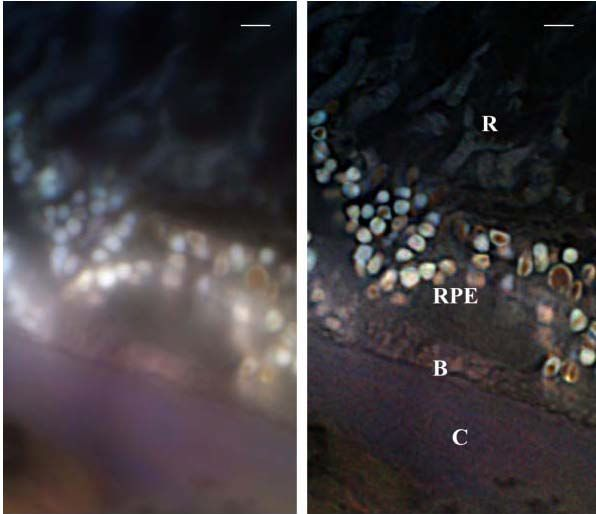Two patients who were suffering from macular degeneration saw their eyesight restored enough to read, after undergoing a groundbreaking stem cell patch transplant.
A woman in her 60s and an 86-year-old man were both diagnosed with wet age-related macular degeneration (AMD), wherein there is a loss of central vision, wherein light-sensitive cells in the middle of the retina become damaged, The Telegraph reports. AMD affects over 600,000 people in the United Kingdom.
The only treatments for the condition are eye injections, or laser surgery, both of which slow the blood vessels from growing into the macular. But these only partially restore eyesight, and are not effective for everyone.
Scientists at University College London and Moorfields Eye Hospital have proven that vision can be restored by transplanting a patch of stem cells to repair the damaged macular. The patch was grown on a thin scaffold made up of human embryonic stem cells. Specialists inserted a patch under the retina of the patients in a two-hour operation, after which the two were monitored for a year. Both went from being unable to read, to reading up to 80 words per minute using normal reading glasses.
Douglas Water, from Croydon, was one of the two patients. He said,
I was struggling to see things clearly, even when up-close. After the surgery my eyesight improved to the point where I can now read the newspaper and help my wife out with the gardening. It’s brilliant what the team have done and I feel so lucky to have been given my sight back.
Medical experts are hopeful that this treatment now offers “real hope” for AMD patients. Lyndon da Cruz, consultant ophthalmologist at Moorfields Eye Hospital NHS Foundation Trust, said, “The patients who received the treatment had very severe AMD, and their improved vision will go some way to enhance their quality of life.” He added, “We recognise that this is a small group of patients, but we hope that what we have learned from this study will benefit many more in the future. The results suggest that this new therapeutic approach is safe and provides good visual outcomes.”
This is the first time an engineered piece of tissue has been used to successfully treat severe sight loss in patients. The procedure is expected to undergo larger clinical trials before being made publicly available.
The study was published in Nature Biotechnology.
























